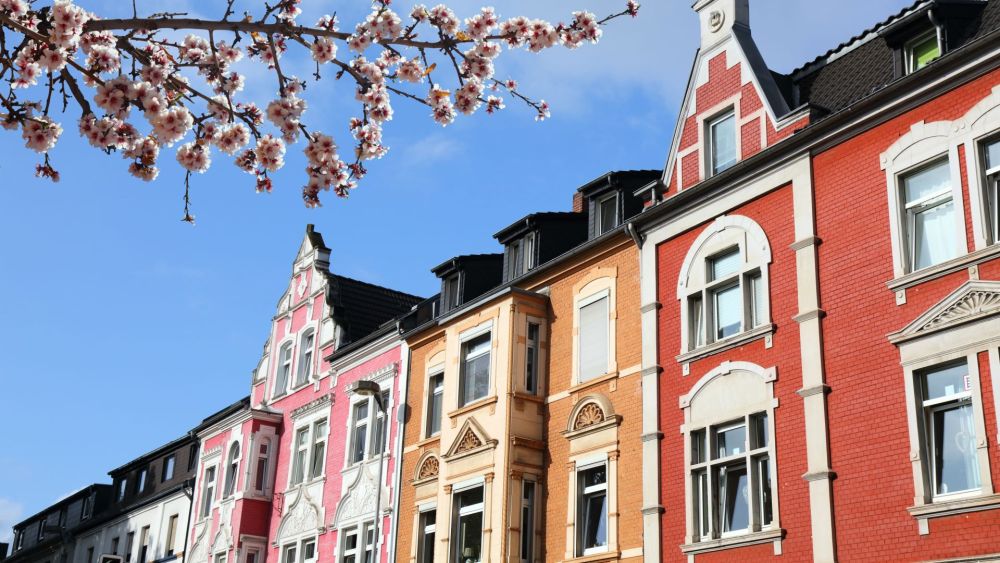

The history of tourism at Gelersen-Görersen Fortress in Sheki, Azerbaijan is a tapestry of cultural heritage and natural beauty that has captured the imagination of travelers for decades. Nestled in the lush forests of the Greater Caucasus mountain range, this fortress has its roots deeply embedded in the ancient history of the region.
While the exact date of the fortress's construction is not well documented, it is widely believed that Gelersen-Görersen—which translates to "You will come and see"—dates back to the 8th to 9th centuries. Its strategic location overlooking the Silk Road made it a critical defensive structure for the area's various ruling empires over the centuries, from the Caucasian Albanians to the Mongols and eventually the Safavids.
The fortress saw a significant event in 1743 when the local khan, Haji Chalabi, effectively resisted the Persian army's siege, which is a testament to its impregnable nature. This historic event has become an iconic story in Sheki's local culture and is an intrinsic part of the narratives shared with tourists today.
Tourism began to develop in Sheki during the Soviet era, but it was not until the region's independence and subsequent improvements in infrastructure that Gelersen-Görersen Fortress started gaining attention from international travelers. Preservation efforts have aimed to maintain the ruins, which provides a window into the past for visitors.
Due to its unique cultural significance and picturesque setting, the fortress has grown into a prominent tourist destination. Tourists not only visit the fortress for its history but also for the breathtaking panoramic views of Sheki and the surrounding alpine landscape, which can be seen from the fortification's walls.
In recent times, tourism trends at Gelersen-Görersen Fortress have been shaped by an increasing interest in sustainable and experiential travel. Visitors are seeking authentic experiences that allow them to immerse themselves in Sheki's culture and history.
Moreover, there has been a surge in adventure tourism, with individuals coming to hike the trails around the fortress. Many travelers are also expressing an interest in the traditional crafts of Sheki, including its renowned Sheki silk production, which has been part of the UNESCO Intangible Cultural Heritage List since 2019.
Local tour operators are adapting to these trends by offering more personalized and interactive tours, often including visits to the fortress as part of a larger exploration of Sheki's cultural heritage sites and natural beauty.
The future of tourism at Gelersen-Görersen Fortress looks promising. The Azerbaijani government, along with international organizations, continues to invest in archaeological research and conservation projects, which are crucial for sustaining and enhancing the tourism appeal of this historic landmark. As the world becomes increasingly interconnected and as novel ways of travel continue to emerge, Gelersen-Görersen Fortress is set to remain a jewel in Azerbaijan's tourism crown, offering a blend of adventure, history, and culture to global visitors.